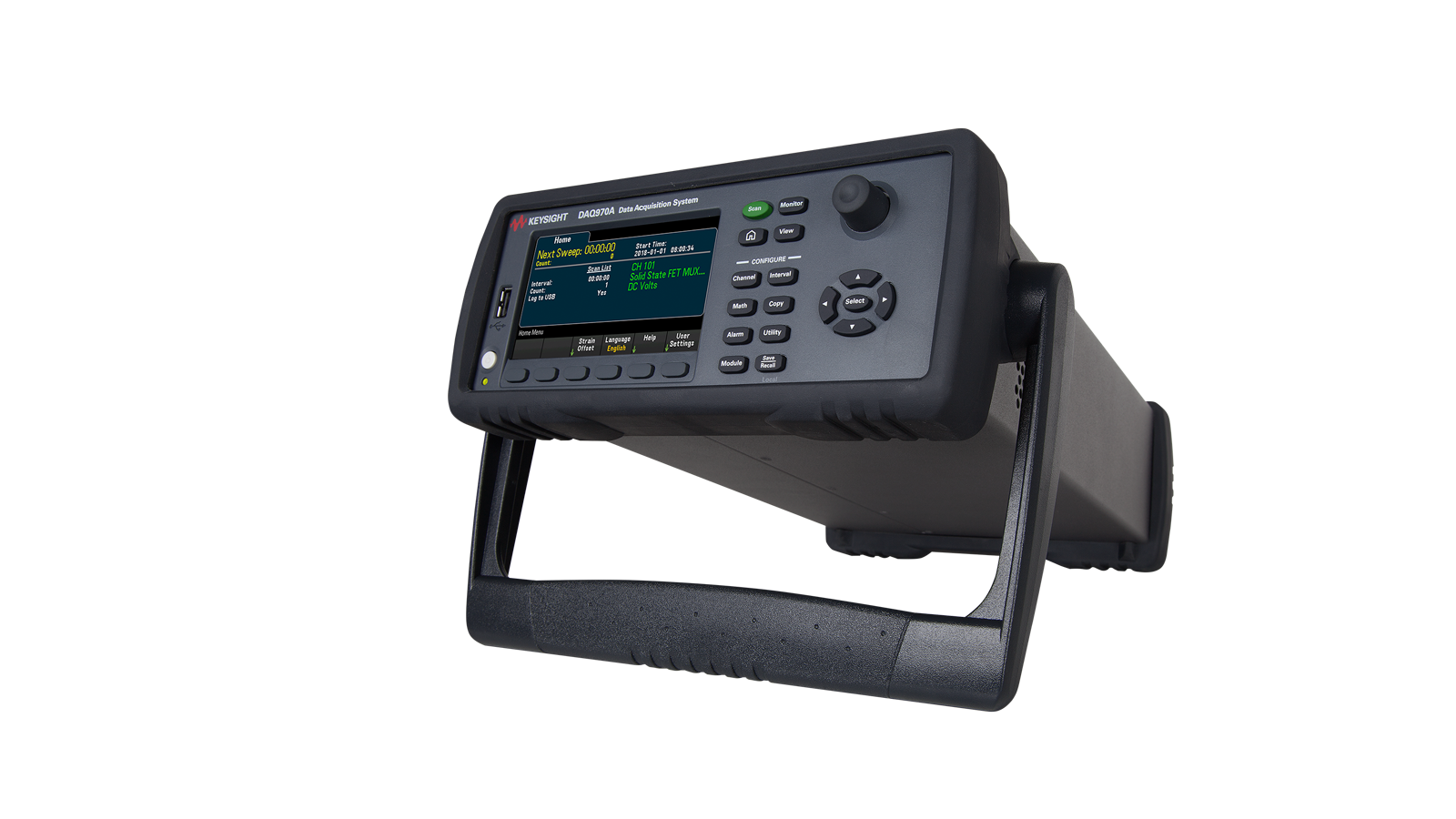
In today’s data-driven world, the ability to gather, analyze, and leverage information can set organizations apart from their competitors. At the heart of this process lies the Data Acquisition System, a vital component that allows businesses and researchers to collect crucial data from various sources. Whether monitoring environmental conditions, conducting experiments in a laboratory, or managing complex industrial processes, these systems serve as the gateway to insightful analytics and informed decision-making.
Understanding the intricacies of Data Acquisition Systems is essential for anyone looking to harness the power of data. From sensors that capture real-time measurements to software that processes and visualizes this information, mastering these systems can significantly enhance the capabilities of any project. As we delve deeper into the art of data acquisition, we will explore its components, applications, and the best practices for effective implementation, unlocking insights that drive success across diverse fields.
Understanding Data Acquisition Systems
Data Acquisition Systems (DAS) are essential tools used to collect and measure data from various physical phenomena such as temperature, pressure, and electrical signals. These systems convert analog signals from sensors into digital data that can be analyzed, stored, and processed. The primary goal of a DAS is to enable accurate monitoring and control of processes across various industries, including manufacturing, research, and environmental monitoring.
A typical Data Acquisition System consists of three main components: sensors, data converters, and a processing unit. Sensors capture the physical data and convert it into an electrical signal, while data converters, such as analog-to-digital converters, transform these signals into a format suitable for digital processing. The processing unit, which can include computers or dedicated hardware, is responsible for analyzing the data and presenting it in a user-friendly format, allowing for decision-making and insights to be drawn from the collected information.
The applications of Data Acquisition Systems are vast and diverse. In industrial settings, they are used for quality control and equipment monitoring, ensuring optimal performance and minimizing downtime. In scientific research, DAS facilitates intricate experiments by providing precise data collection, enabling researchers to draw accurate conclusions. Furthermore, in environmental science, these systems monitor changes in the environment, contributing to conservation efforts and compliance with regulations. As technology advances, the capabilities and applications of Data Acquisition Systems continue to expand, making them an integral part of modern data-driven decision-making processes.
Key Components and Technologies
A Data Acquisition System encompasses various components that work together to collect and process data from the real world. At its core, the system typically includes sensors, which are devices that convert physical phenomena such as temperature, pressure, or light into electrical signals. These sensors play a crucial role in ensuring accurate data collection, as they are directly responsible for capturing the information needed for analysis and decision-making.
In addition to sensors, signal conditioning equipment is essential for preparing the raw data for further processing. Signal conditioning can involve amplification, filtering, and converting analog signals into digital formats. This step is vital, as it enhances the quality of the data by reducing noise and ensuring that signals are in a form that the data acquisition hardware can process efficiently. High-quality signal conditioning contributes significantly to the overall reliability of the data collected, making it a critical aspect of any Data Acquisition System.
Finally, the data acquisition hardware, often in the form of an analog-to-digital converter, is responsible for digitizing the conditioned signals and sending them to a processing unit. This unit may include software for data analysis and visualization, allowing users to gain insights from the raw data. The interface between hardware and software is also important, as it ensures seamless communication and real-time monitoring capabilities. Together, these components create a robust Data Acquisition System that can effectively meet the needs of various applications across different industries.
Best Practices for Implementation
When implementing a Data Acquisition System, it is essential to begin with a clear understanding of the project requirements. Identifying the specific data types, sources, and desired outcomes will guide the selection of sensors, hardware, and software. Involving stakeholders early in the process can provide valuable insights and help ensure that the system will meet operational needs.
Another crucial aspect is to ensure proper integration between the Data Acquisition System and existing infrastructure. This can involve configuring communication protocols and ensuring compatibility with current databases and software tools. Adequate training for users is also important, as it empowers staff to utilize the system effectively and efficiently.
Finally, regular maintenance and updates should be part of the lifecycle of the Data Acquisition System. Monitoring system performance and data accuracy can prevent potential issues before they escalate. Additionally, ensuring that software components are periodically updated will enhance functionality and security, ultimately contributing to the longevity and reliability of the system.